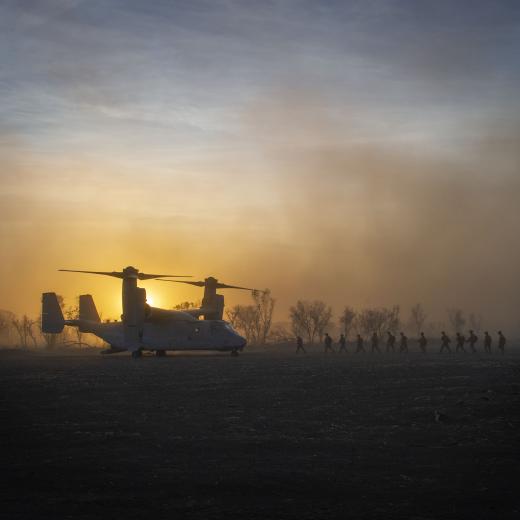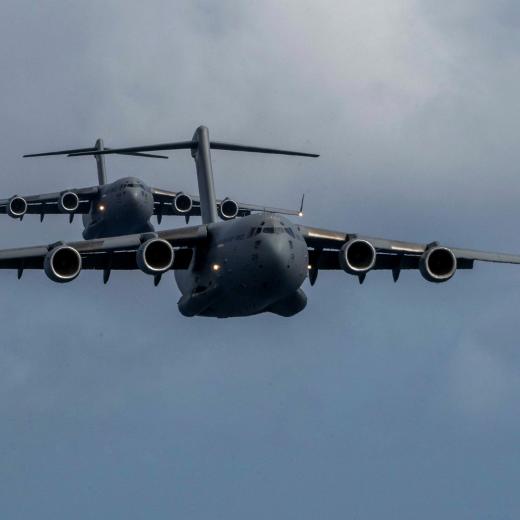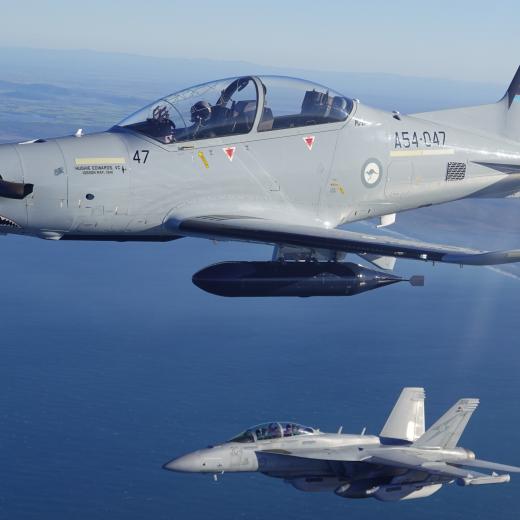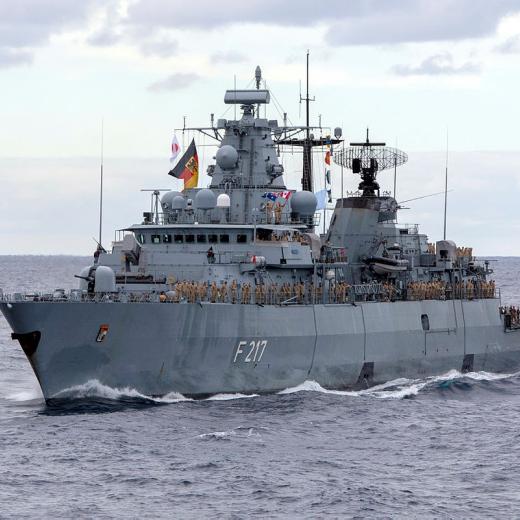BLUF
This Lowy article provides an overview of China’s military strength and the implications for Australia.Summary
China's unprecedented military expansion in quantity and quality can't be ignored by Australia. The key points in this article are:
- China already can strike Australia with bombers and missiles.
- Aerial refuelling will bring all of Australia into bomber range.
- The number and quality of bombers is rapidly increasing
- China aims to push the US out of the Western Pacific and dominate the Indo- Pacific.
- Australia must plan for a low probability and high consequences attack from China, a country difficult to predict.
- Chinese military strength could lead to coercion, threatening energy supplies and our international markets.
- Paradoxically, growing Chinese overseas economic interests, investments and energy supply vulnerability makes China feel more insecure.
- Taiwan, the Senkaku Islands and the South China Sea are keys in Chinese strategy.
- Chinese maritime capabilities are expanding through:
- The First Island Chain (Malaysia, Indonesia, the Philippines, and Japan).
- Second Island Chain (Papua New Guinea-the Mariana Islands -northern Japan) by 2050.
- High-value strategic places related to Belt and Road Initiative projects.
- The South China Sea artificial islands.
- There are enough anti-ship ballistic missiles (including some on Hainan Island) to target surface ships, not just aircraft carriers.
- China has the world's largest naval, fishing (including vessels specifically constructed to ram), merchant shipping, and maritime militia fleets.
- A new class of submarines carrying long-range land-attack cruise missiles is under construction.
- Chinese Command and Control continues to improve, including creating a new service- the Peoples Liberation Army Rocket Force.
- The US Navy has to maintain a worldwide presence, reducing its Indo-Pacific deterrence value.
- Chinese shipbuilding easily outpaces the US.
The implications for Australia
Short term:
- China's air and maritime forces are contributing to a feeling of insecurity among South East Asia countries.
- Possible asymmetric attack on Darwin-based US forces.
Longer-term (8–20 years):
- The US fully, or partially, withdraws from the Western Pacific due to:
- Overstretch.
- Defeatism.
- Frustration with Allies.
- Loss of American public support.
- Military coercion of Australia
- Potential blockade of Australia.
- Australia might need to consider more fighter aircraft, submarines, and increasing fuel reserves.
References
- Aug 2020 the Interpreter A Chinese-built airport next door to a key Australia-US naval base?
- Jun 2021 The Diplomat The Signal and the Noise: Understanding China’s Military Threats
- Aug 2021 War on the Rocks Mind the Gap: How China’s Civilian Shipping Could enable a Taiwan Invasion.





